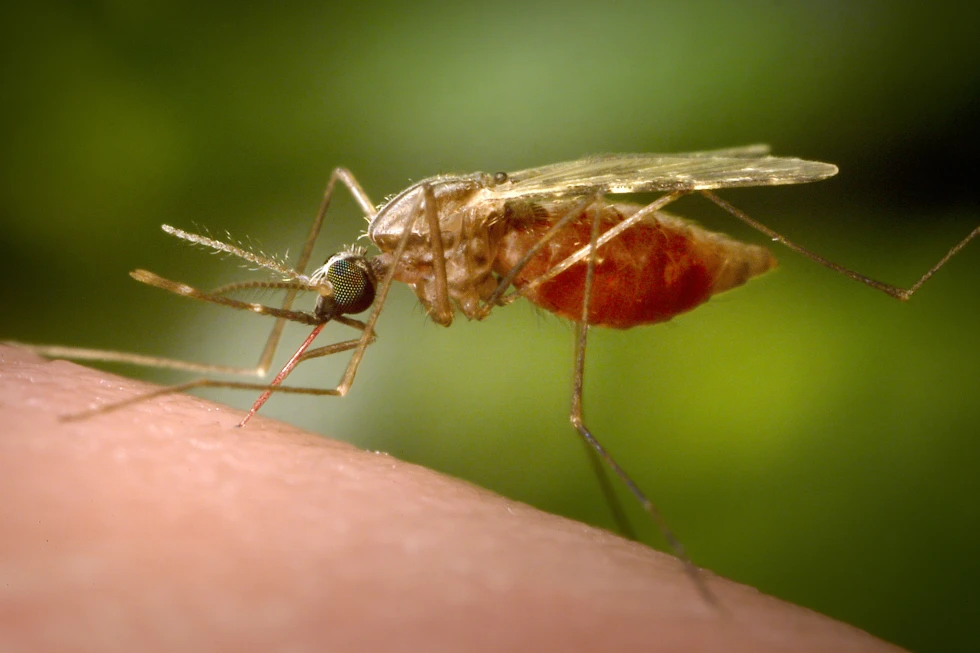Since the beginning of 2025, numerous countries have recorded chikungunya outbreaks, with hundreds of thousands of cases causing fever, joint pain, and muscle aches. The European Centre for Disease Prevention and Control (ECDC) reported over 240,000 cases and 90 deaths in at least 16 countries and territories across 4 continents by mid-year. The World Health Organization (WHO)'s June epidemiological update reveals the widespread nature of the chikungunya disease across many regions.
One of the largest outbreaks occurred in Guangdong, China, particularly in Foshan City. There, cases surpassed 7,000 by early August. Local authorities implemented a large-scale vector control campaign with a "mosquito eradication" tactic, simultaneously isolating cases. They applied a model used during the peak of the Covid-19 pandemic to prevent mosquito bites and spread within hospitals.
Experts analyze this as a consequence of unfavorable conditions like prolonged rainy and stormy weather, densely populated cities, and very low community immunity to the chikungunya virus.
Climate plays a key role in the spread of chikungunya this season. Recent studies and data analysis indicate that warmer weather and increased rainfall extending beyond the typical season have created a favorable environment for Aedes mosquitoes to thrive. Research on the link between El Niño (ENSO) and the increase in mosquito-borne diseases is noteworthy.
2025 is typical, with an early, prolonged, and unusual rainy season in many tropical regions. Mumbai, India is recording a surge in chikungunya cases coinciding with increased early-season rainfall. Research in Brazil shows that El Niño increases the intrusion of disease-carrying mosquitoes like those carrying dengue, which is similar to chikungunya as they share the same vector, contributing to the spread of the pathogen.
Along with climate factors, the expansion of Aedes mosquitoes, especially Aedes albopictus, has facilitated disease transmission in temperate regions where it was previously rarely recorded. Distribution models reveal that Aedes albopictus has infiltrated and established itself in many parts of Europe, increasing the risk of local chikungunya outbreaks as soon as imported cases appear.
In East Asia, especially China, the population has almost no pre-existing immunity to the chikungunya virus, as the disease was not previously prevalent. When the virus is introduced through tourism, business, or labor, the community is vulnerable, and the epidemic spreads faster than in areas previously affected by chikungunya.
The context of rapid urbanization, high population density, and loosely controlled sanitation further increases the risk. Construction sites and water containers inadvertently become ideal breeding grounds for mosquito larvae. In many tropical cities, the positive container index often increases sharply during the rainy season, directly contributing to the rise in cases, as previously recorded in outbreaks in Latin America and Brazil.
 |
A female Anopheles funestus mosquito is drawing blood. Photo: *CDC* |
International travel and global trade promote the spread of the virus to countries where it has not circulated, especially during mosquito season. The ECDC has implemented weekly reports to monitor the risk of outbreaks in Europe, while recommending that countries strengthen entry and vector surveillance.
Higher testing and epidemiological surveillance capacity also lead to an increase in detected and recorded infections. The WHO and ECDC have introduced standardized weekly and monthly epidemiological reporting formats, along with an integrated surveillance model for dengue, chikungunya, and Zika. This allows for earlier detection and more comprehensive data, making the epidemic appear to "explode" partly due to effective identification and reporting. PAHO in the Americas has also established a similar model to monitor multiple Aedes-transmitted diseases concurrently.
The epidemic situation in India and Europe clearly demonstrates this trend. Mumbai and Maharashtra state are recording a significant increase in cases compared to 2024, coinciding with the early monsoon season. Reports in many localities show chikungunya appearing alongside dengue and malaria, placing a double burden on the health system. In Europe, although cases remain scattered, the risk of local outbreaks is entirely possible in areas with established Aedes albopictus, especially if the summer is prolonged and vector control is ineffective. The Americas continue to record high numbers of cases following the typical seasonal cycle, particularly in tropical and subtropical regions where the vector persists year-round.
For long-term prevention, vaccination is an increasingly attractive solution. Currently, the US has approved two vaccines: IXCHIQ (a live attenuated virus vaccine) and VIMKUNYA (an inactivated virus vaccine), recommended by the CDC and ACIP for travelers to affected areas.
Overall, the current widespread nature of chikungunya is the result of converging factors: imported sources from international travel; the presence of the vector (Aedes mosquito) in many areas, fueled by favorable climatic conditions; a population outside previously affected areas with almost no immunity; combined with urbanization behaviors, water storage, and inconsistent sanitation; and enhanced surveillance and testing capabilities enabling earlier detection. The combination of these factors causes the epidemic to spread not only rapidly but also geographically, beyond traditional areas like the tropics.
The outbreak from China and international updates demonstrate that an effective public health response must include: eliminating mosquito larvae, spraying chemicals, inspecting homes, treating stagnant water, isolating cases in hospitals to prevent mosquito transmission; increasing the frequency of weekly epidemiological reporting, vector surveillance, and diagnostic capacity in Europe; and requiring updates to transparent and interconnected health systems at all levels as recommended by the WHO and ECDC.
Thuc Linh (*ECDC, WHO, PAHO, Guardian, Reuters*)












